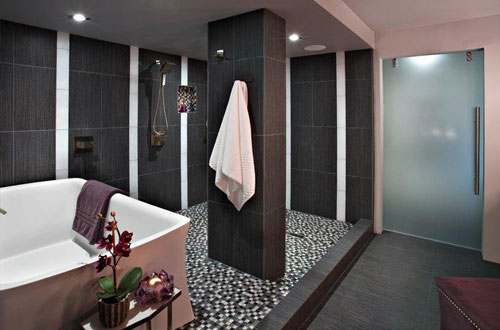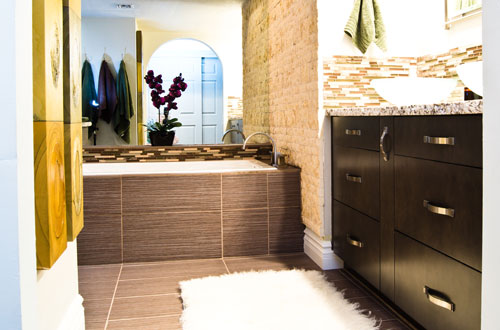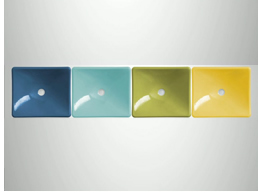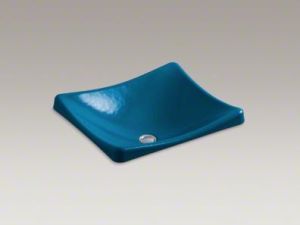S Interior Design has often said one of the quickest and least costly ways to get a big change to the look and feel of your home is to paint the walls.
As we all spend more and more time literally ‘staring at our walls’, you may be entertaining thoughts of painting them. Seems easy enough right? If you haven’t painted the interiors of your home before you may want to know the best way to proceed.
Below is a guest post on the pros and cons of using a paint roller or a paint spray gun when painting.
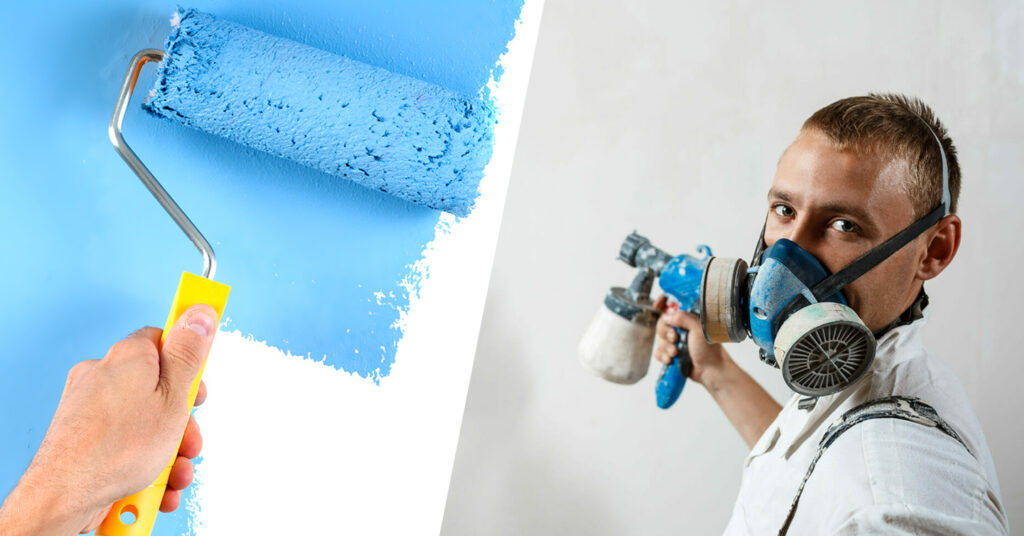
Should You Paint Your Walls With A Roller or a Spray Gun
If you plan on painting your walls, just know that at the bare minimum a brush is needed. There’s still no way around using a brush for cutting in near ceilings, baseboard, and around window/door trim. The next question to approach though is whether to use a roller or spray gun for the rest of the job.
It might seem like a slam dunk that using an airless paint sprayer would be the obvious preferable choice for your DIY painting job. Sprayers definitely get the actual painting task done much faster, but there are still situations where a roller is preferred. Here’s what you definitively need to know when deciding to paint with a roller or sprayer:
Cost: Sprayers vs. Rollers
If you have a sprayer, it would be a no-brainer to use it for your DIY paint job. For the majority of homeowners however an airless paint sprayer simply isn’t a part of the average tool arsenal.
Paint sprayers start off around $50 at secondary markets and can range up to $400 or more for high end models. Of course tool rental companies will often have paint sprayers available but they also charge by the day, meaning time would be a concern. Comparatively, a bundle of a paint roller, roller covers, a tray, and multiple tray liners could be had for $40 or less.
Another thing to factor in about cost is paint waste. A lot of the atomized paint drifts away when using a sprayer but rollers get nearly 100% of the paint on the surface.
Time: Sprayers vs. Rollers
Using an airless paint sprayer hands down get the painting job done quicker, right? Yes…and no. Once you get set up, using an air sprayer is a breeze but it’s getting to that point that pushes the timeline between a sprayer and a roller nearly even.
The whole room must be masked off to prevent paint damage from overspray when using a sprayer. Trim, baseboards, and molding still must be taped off when rolling – but also when using a sprayer.
There are some applications where the time saving of using a sprayer is obvious though. This includes when painting a door that has grooves or when doing the exterior of a home where not as much masking off needs to be done. Using a sprayer is also a much faster way to apply a textured paint.
Another thing to consider when comparing the time of a sprayer and a paint roller is the cleanup. After using a sprayer it must be cleaned extensively to prevent jams and clogging in the future. Roller covers and tray liners can simply be thrown away and the frame rinsed.
Convenience: Sprayers vs. Rollers
Simply put, using a paint roller can be a physically demanding undertaking, especially on ceilings and in high areas. That being said, it is much more convenient to simply tape trim and baseboards when using a roller instead of masking off an entire room. Skilled painters don’t even have to tape when cutting which means you can grab a roller and go.
Rollers are more convenient for smaller rooms and for wall sections with shorter widths like near doors and windows. A sprayer on the other hand is very convenient for new home builds and remodels where overspray damage is not an issue.
The actual equipment needed when rolling is also very minimal. Grabbing a roller, roller cover, tray, liner, and paint is a very easy setup. A pneumatic sprayer needs an air compressor and dragging that hose around especially in a smaller room. Airless sprayers do give a bit of a convenience edge in this regard.
Quality / Technique : Sprayers vs. Rollers
Another important thing to note about sprayers vs. rollers is that paint does attach a bit better with a roller. This is key when painting on a dirty wall as there’s more leeway with the initial coat from a roller. What many professional painters do is spray first for speed and then do a back roll for coverage.
It is easier to get streaks and lumps when using a roller, especially if the painter is on the inexperienced side. That being said, there is a technique involved with using a sprayer. Holding the sprayer close gives a heavier application but a narrower spray pattern. Moving the nozzle back widens the spray pattern but with a thinner coat. “Mastering” this process does take a bit of time.
So, Should I Use a Sprayer or a Roller?
For the exterior of your home and in remodelling situations a sprayer is the preferred option. On the interior, using a sprayer for ceilings would be more convenient than a roller On interior walls however or when painting on a budget it may be better to go with a roller. Then again, you could always use both as well!
BIO
Daniel has been scrubbing down walls, cutting in lines and perfecting wall painting for many years through DIY techniques, since he first started working on fixing up his old family home. Home improvement has become a passion of his and he aims to share some tips and techniques to others. He is a blog writer for PaintAccess online paint shop.



